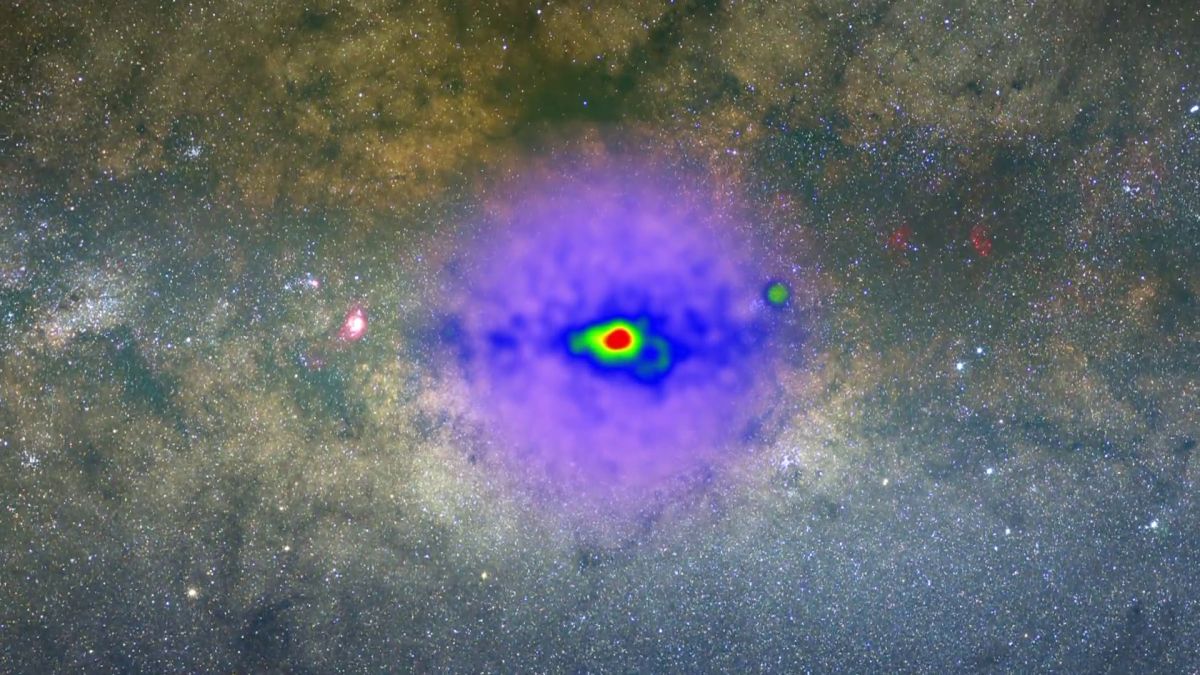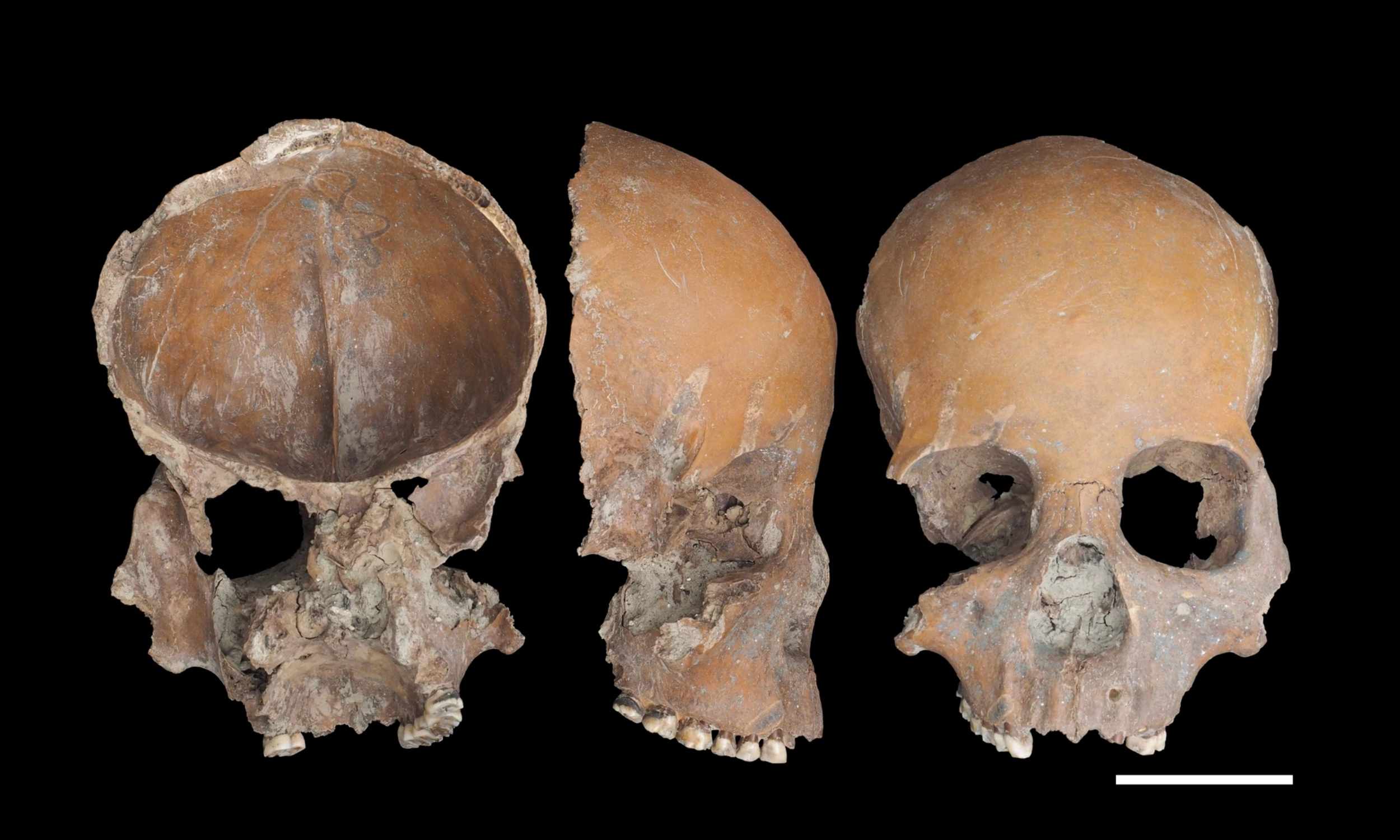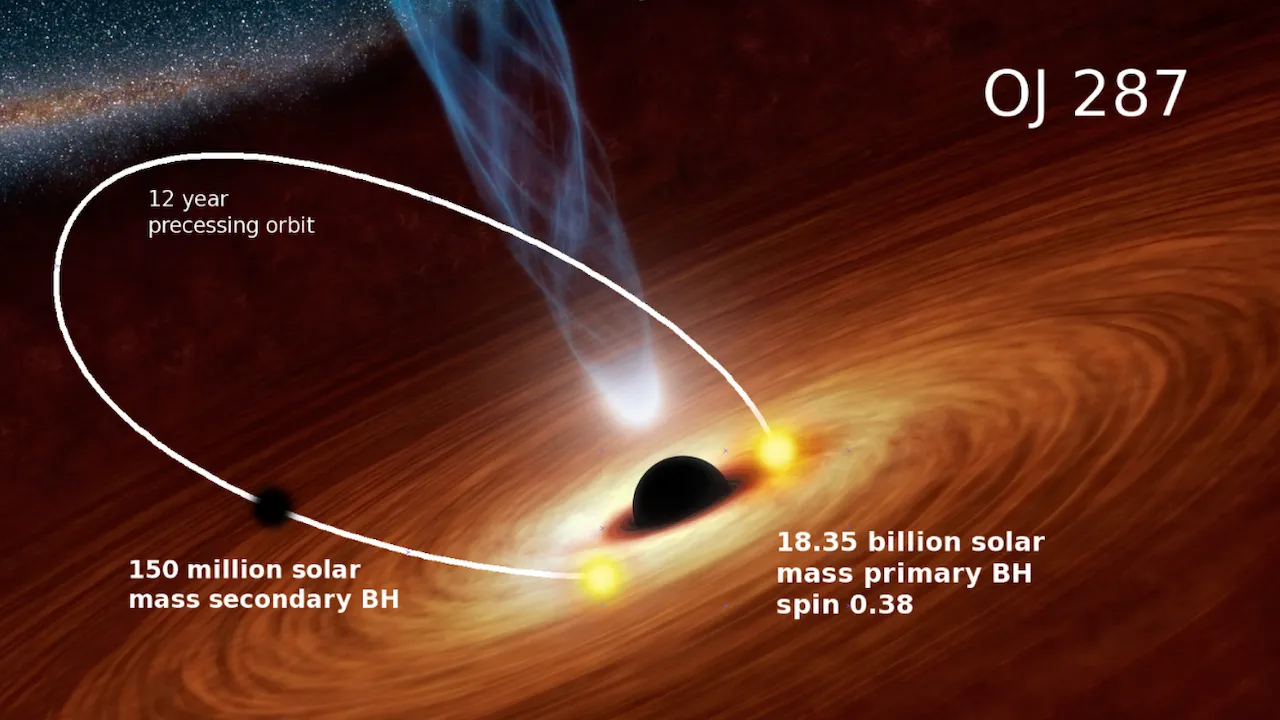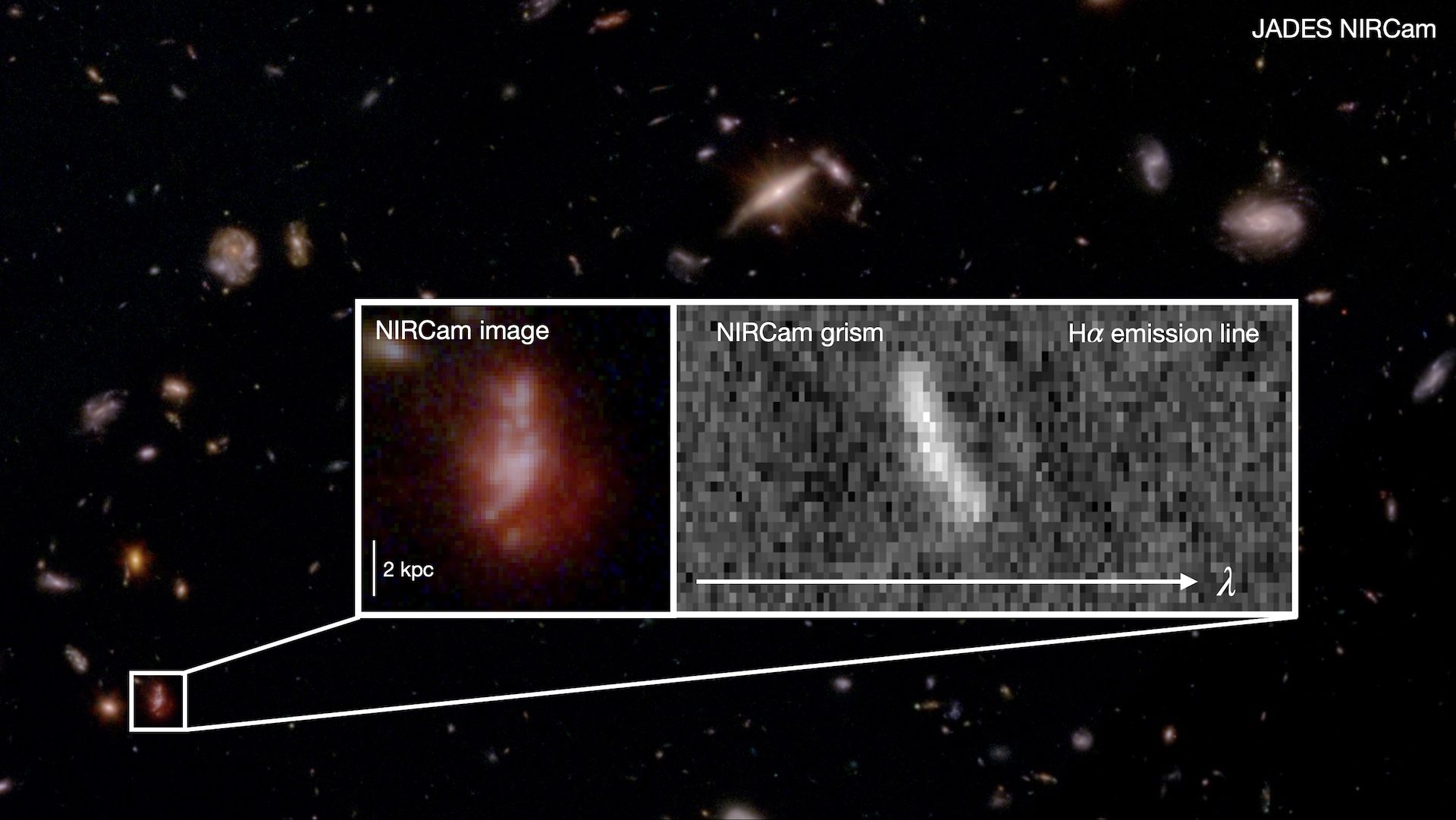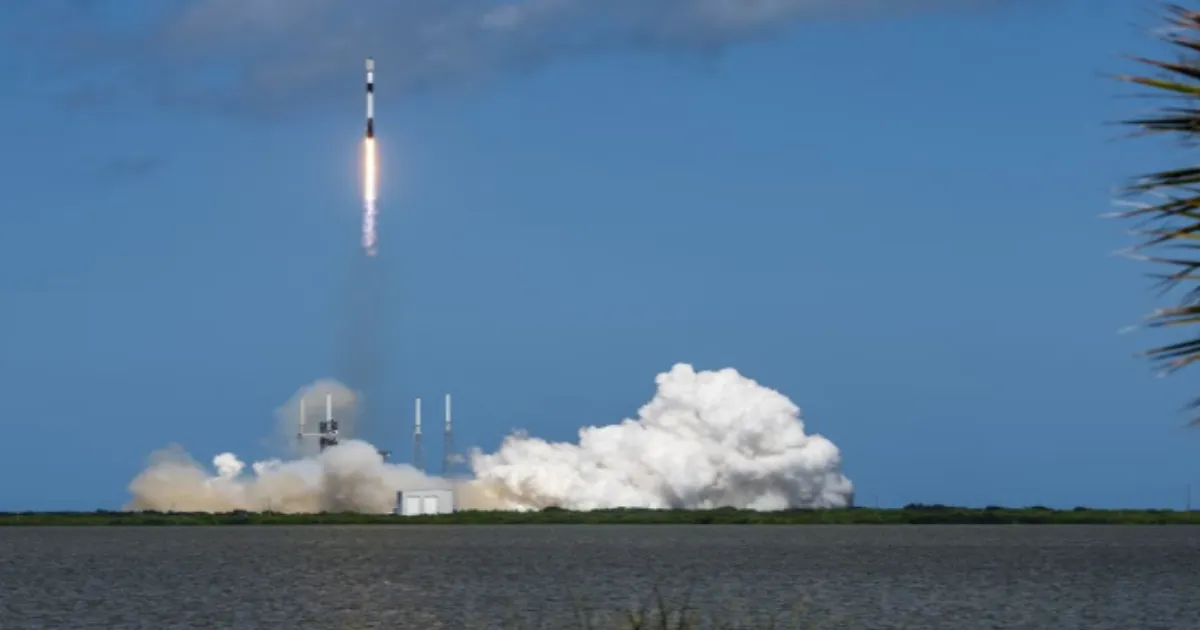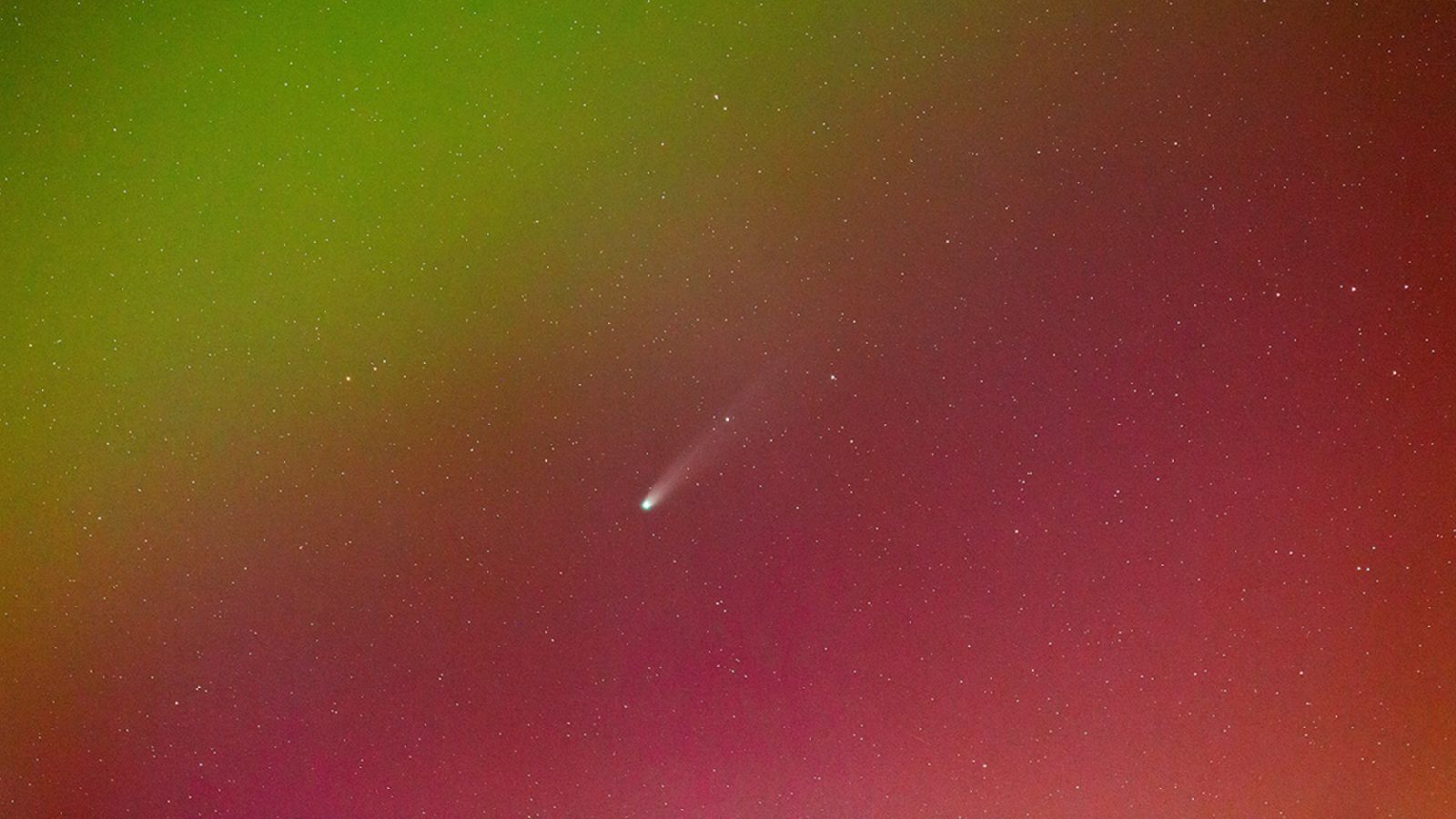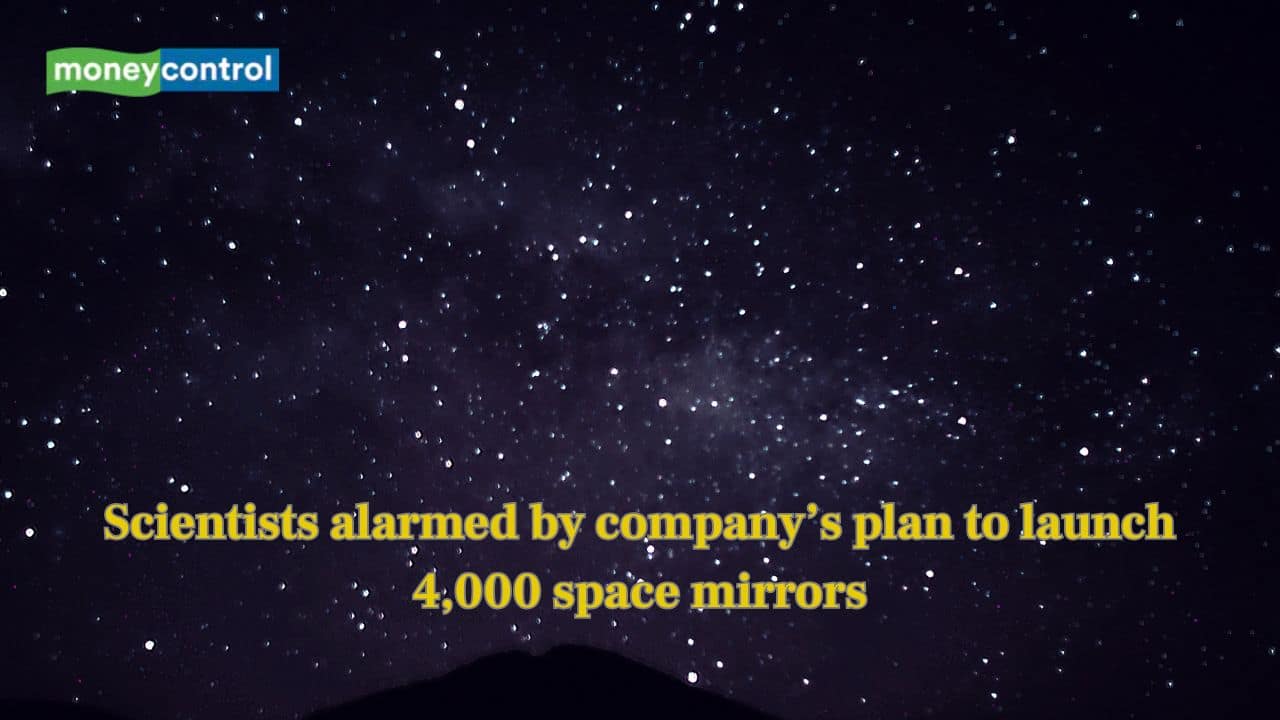Unbelievable Discovery: Interstellar Comet 3I/ATLAS Could Rewrite Planet Formation!
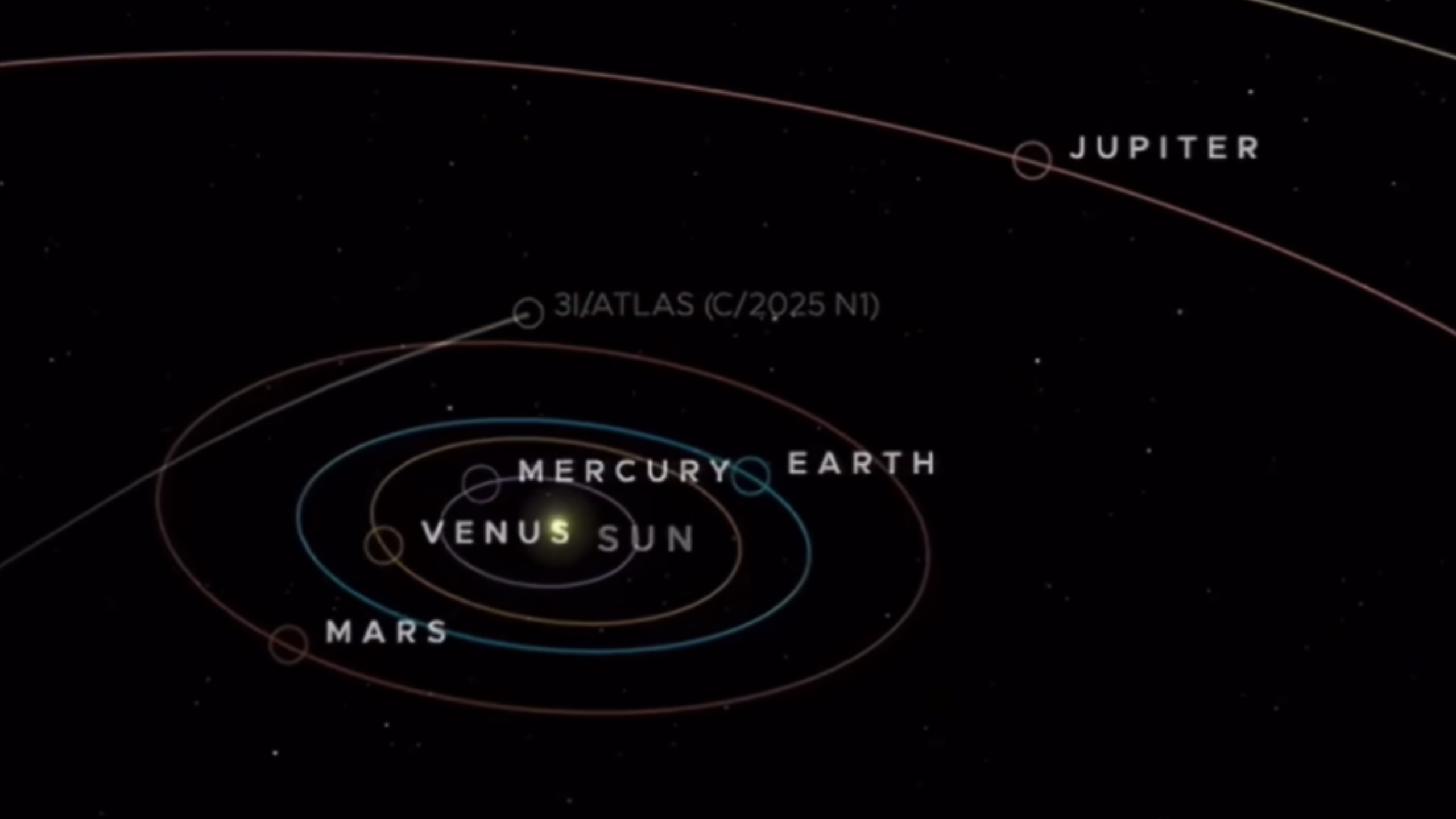
Hold onto your telescopes! Astronomers are buzzing with excitement as interstellar comet 3I/ATLAS has crashed into our Solar System, bringing with it a spectacular explosion of energy and gas that’s unlike anything we’ve encountered before. This alien traveler, zipping through space at a breathtaking speed of over 200,000 km/h, isn't just another comet; it's the third confirmed visitor from another star system, and it’s got scientists on the edge of their seats.
Discovered on July 1, 2025, by the Asteroid Terrestrial-impact Last Alert System (ATLAS), this remarkable object may contain materials older than our Sun itself! Imagine holding a piece of cosmic history that could give us insight into how other planets form around distant stars. 3I/ATLAS follows in the footsteps of its famous predecessors, ʻOumuamua and 2I/Borisov, both of which made headlines for their unique characteristics.
As it approaches its closest point to the Sun, or perihelion, on October 29, 2025, at a distance of about 200 million kilometers, 3I/ATLAS has been exhibiting some astonishing behaviors. Recent observations from the James Webb Space Telescope have revealed that this comet is unlike any we’ve seen before, primarily due to its carbon dioxide-rich emissions. In fact, data has shown an unusually high ratio of CO₂ compared to water vapor, suggesting it either formed under extreme conditions or is made of materials previously shielded from cosmic radiation.
But wait—there’s more! The comet's bizarre behavior, including a strange 'anti-tail' that points toward the Sun instead of away, has sparked wild speculation. Some scientists are even wondering if this object is trying to communicate with us! Harvard astrophysicist Avi Loeb has raised eyebrows with his claims that the unusual light emissions of 3I/ATLAS warrant further investigation. But NASA has been quick to dampen these theories, asserting there's no evidence of alien intelligence or artificial origins behind this cosmic spectacle.
As the comet edges closer, expectations grow. Researchers are eager to learn more about its chemical composition, which has revealed traces of nickel and cyanide—elements rarely found in typical comets. Moreover, the Transiting Exoplanet Survey Satellite (TESS) has reported that 3I/ATLAS began outgassing while still about 6.4 astronomical units from the Sun, far beyond the distance where we would typically expect such activity to occur.
With the potential for NASA’s Europa Clipper spacecraft to intersect with its tail, scientists are hopeful for a once-in-a-lifetime opportunity to analyze particles from another star system. This comet serves as a delightful time capsule, offering clues about the chemistry and dynamics of planets beyond our Solar System. Despite the thrilling ideas of interstellar communication, experts firmly believe that 3I/ATLAS is simply an extraordinary example of cometary behavior.
As we continue to observe this cosmic wonder, one thing is clear: 3I/ATLAS is challenging our understanding of the universe and could redefine our knowledge of how stars and planets form. So, keep your eyes on the skies—who knows what revelations await us!










